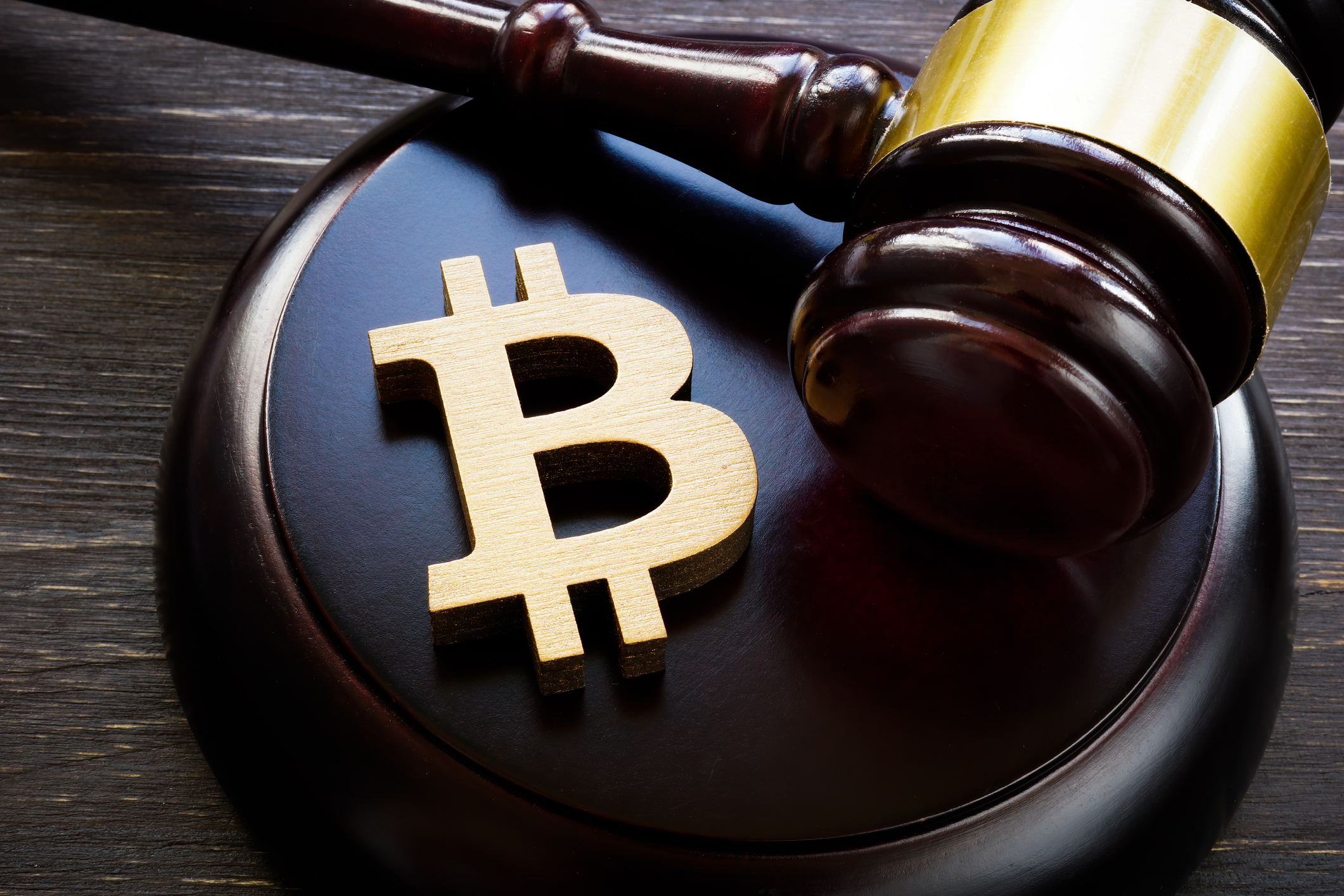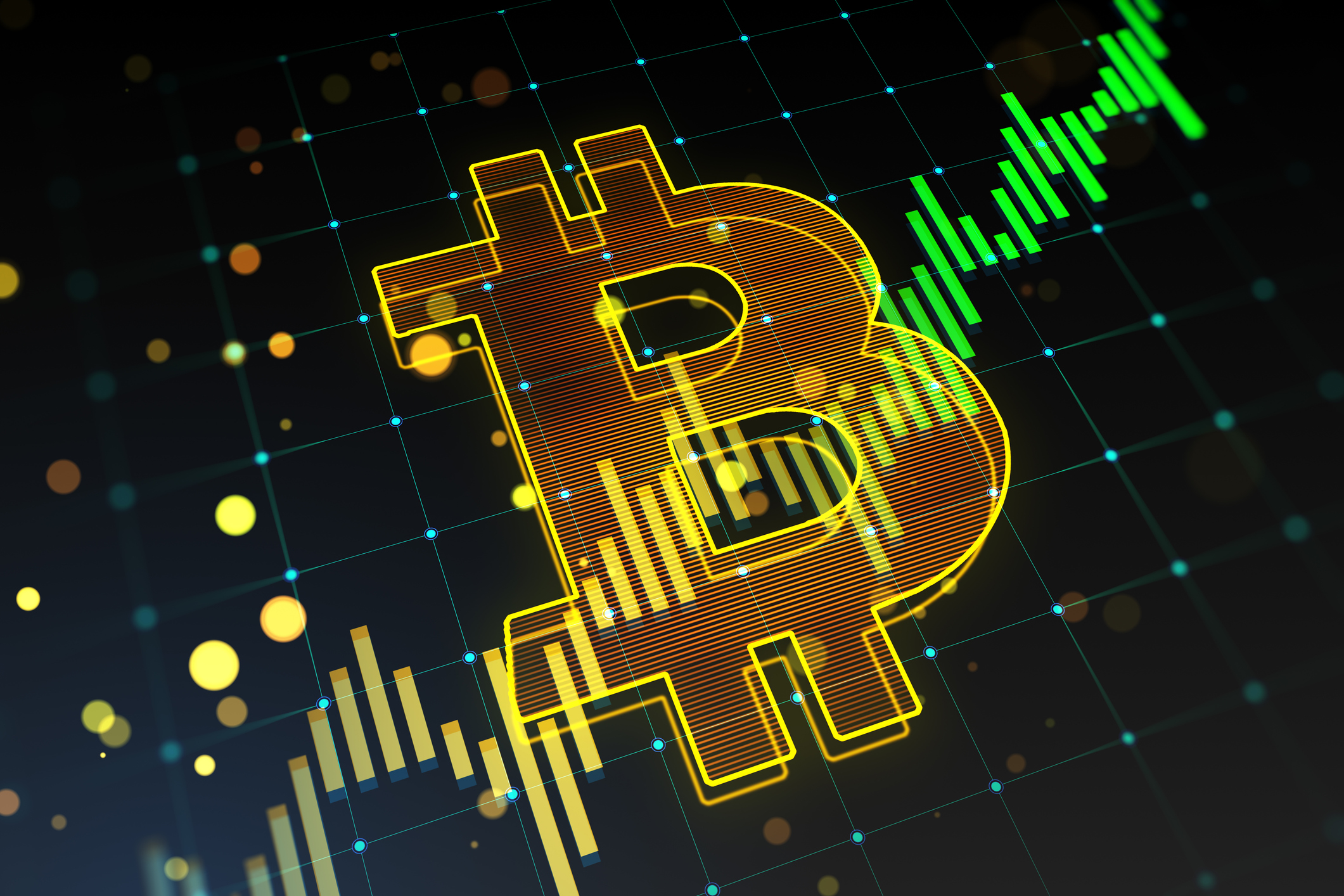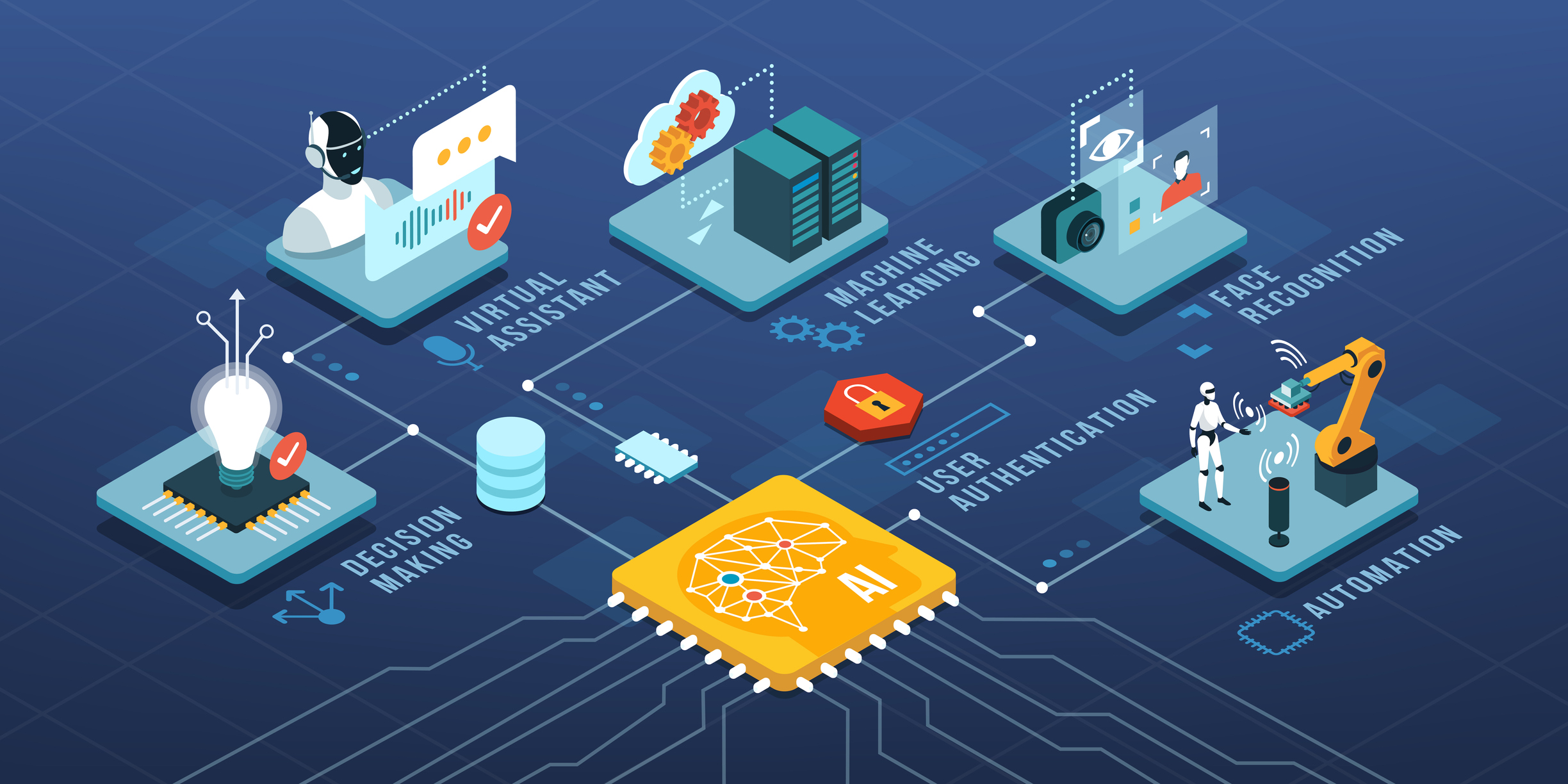Bitcoin Halving: What Does It Mean for Investors?
'Mining' for this cryptocurrency just became a lot more expensive


In case you missed it, Bitcoin just underwent a "halving," the third in the cryptocurrency's history, on March 11.
If you're a little unsure about what exactly a Bitcoin halving means, don't feel bad. Cryptocurrencies have their own unique vocabulary that is all but nonsensical to the uninitiated. Today, we're going to explain what a halving is and what it means to investors in the space.
First, a little background. Bitcoin runs on a blockchain, which is an open, digital ledger that records every transaction made in the history of the cryptocurrency. Because the ledger is distributed across every computer on the network, it's extremely difficult to hack. There is no central database that can be tampered with. All transactions are recorded on every computer in the network and open for all to see.
From just $107.88 $24.99 for Kiplinger Personal Finance
Become a smarter, better informed investor. Subscribe from just $107.88 $24.99, plus get up to 4 Special Issues

Sign up for Kiplinger’s Free Newsletters
Profit and prosper with the best of expert advice on investing, taxes, retirement, personal finance and more - straight to your e-mail.
Profit and prosper with the best of expert advice - straight to your e-mail.
To incentivize people to support the blockchain – dedicating their computer resources to maintaining the ledger – the system allows those that participate to "mine" new Bitcoin. The algorithm that governs the cryptocurrency rewards freshly mined Bitcoin to miners for volunteering their computers for transaction processing.
Well, "halving" is where the reward for mining gets chopped in half. The same amount of number crunching generates half the number of new Bitcoins.
What Is the Point of Bitcoin's Halving?
The beauty of Bitcoin is that it is finite. In an age in which the Federal Reserve is running the proverbial printing presses overtime, creating asset bubbles and stoking fears of inflation, Bitcoin cannot be printed at will. Its supply is regulated by the mining process, and halving is an important part of that process.
By chopping the mining reward in half, the algorithm ensures that the supply of Bitcoin doesn't grow too quickly, creating inflation.
Mining Bitcoin isn't cheap. Running the computers and keeping them cool uses a ridiculous amount of energy. A report last year found that if the Bitcoin blockchain were a country, it would be the 41st biggest user of electricity in the world, consuming more power than Switzerland.
By one estimate, the average pre-halving cost to mine a single Bitcoin was $6,851. Post-halving, the average cost is anticipated to be more than $12,500.
What Does This Mean for Bitcoin Prices?
Like any other commodity, the price of Bitcoin comes down to supply and demand. When demand outstrips supply, prices rise. When supply outstrips demand, prices fall. It really is that simple.
Except that with Bitcoin, it's not.
Bitcoin only works when it has a functioning blockchain, and that blockchain is expensive to maintain. If it costs more than $12,500 to mine a coin, then the price of a coin needs to be pretty close to $12,500 or ideally higher to incentivize miners to continue dedicating resources to the blockchain. With Bitcoin prices currently below $10,000, the average miner is actually losing money here.
The cost of mining Bitcoin can be thought of as the coin's intrinsic value. But there is no guarantee that the coins will fetch that amount.
If the price of Bitcoin stayed below the cost to mine it for long, miners would drop out. As with unprofitable oil wells, operators can't run at a loss forever.
Of course, more efficient mining computers can lower the cost of mining, making it profitable at lower prices. But higher mining costs remain a risk to the long-term viability of Bitcoin and other cryptocurrencies.
It also remains to be seen how well the network will run once the crypto is maxed out at 21 million Bitcoin. Miners will have to be compensated for continuing to maintain the network, but it's unclear exactly how that will work once the day comes.
Thankfully, that day is likely at least 100 years away.
So, what happens next for Bitcoin? That remains to be seen, of course. But in an era in which investors look at central bank stimulus efforts with an increasingly skeptical eye, it wouldn't be surprising to see Bitcoin, gold and other anti-currencies continue to trend higher.
Profit and prosper with the best of Kiplinger's advice on investing, taxes, retirement, personal finance and much more. Delivered daily. Enter your email in the box and click Sign Me Up.

Charles Lewis Sizemore, CFA is the Chief Investment Officer of Sizemore Capital Management LLC, a registered investment advisor based in Dallas, Texas, where he specializes in dividend-focused portfolios and in building alternative allocations with minimal correlation to the stock market.
-
 7 Dr. Seuss Quotes Retirees Should Live By
7 Dr. Seuss Quotes Retirees Should Live ByYou're off to great places! Why Dr. Seuss is the retirement guru you didn't know you needed.
-
 Fed's Rate Cuts Could Have Impacts You Might Not Anticipate
Fed's Rate Cuts Could Have Impacts You Might Not AnticipateUnderstanding how lower interest rates could impact your wallet can help you determine the right financial moves to make.
-
 Past Performance Is Not Indicative of Your Adviser's Expertise
Past Performance Is Not Indicative of Your Adviser's ExpertiseMany people find a financial adviser by searching online or asking for referrals from friends or family. This can actually end up costing you big-time.
-
 Is Crypto Investing Coming to a Credit Union Near You?
Is Crypto Investing Coming to a Credit Union Near You?Credit unions are getting in on crypto investing through partnerships with third-party platforms, but the risks to investors still apply.
-
 The GENIUS, CLARITY, and Anti-CBDC Acts: What Bitcoin Investors Need to Know
The GENIUS, CLARITY, and Anti-CBDC Acts: What Bitcoin Investors Need to KnowMovement on the crypto front at the federal level has the potential to usher in substantial change. Here's what it means for your portfolio.
-
 Cryptocurrency May be Coming to Your 401(k) with Rules Change
Cryptocurrency May be Coming to Your 401(k) with Rules ChangeCrypto may be coming to a 401(k) near you. Financial experts weigh in on whether retirement savers should take the plunge.
-
 What Is AI? Artificial Intelligence 101
What Is AI? Artificial Intelligence 101Artificial intelligence has sparked huge excitement among investors and businesses, but what exactly does the term mean?
-
 Is It Too Late to Invest in Bitcoin?
Is It Too Late to Invest in Bitcoin?The price of the world's No. 1 cryptocurrency recently surpassed $120,000 for the first time. Is it too late to invest in bitcoin?
-
 The Best Tech Stocks to Buy
The Best Tech Stocks to BuyTech stocks are the market's engine of growth. But what defines a tech stock? How do you find the best ones to buy? We take a look here.
-
 How I'm Going to Invest My Mega Millions Lottery Jackpot
How I'm Going to Invest My Mega Millions Lottery JackpotThe odds of winning the Mega Millions lottery are effectively zero, but here's how I'm investing my fortune should I hit the jackpot.
-
 All AI Regulations Are Not Created Equal: Kiplinger Economic Forecasts
All AI Regulations Are Not Created Equal: Kiplinger Economic ForecastsEconomic Forecasts As Congress regulates artificial intelligence, tech advocates urge lawmakers to define different areas of AI, as some are more dangerous than others.